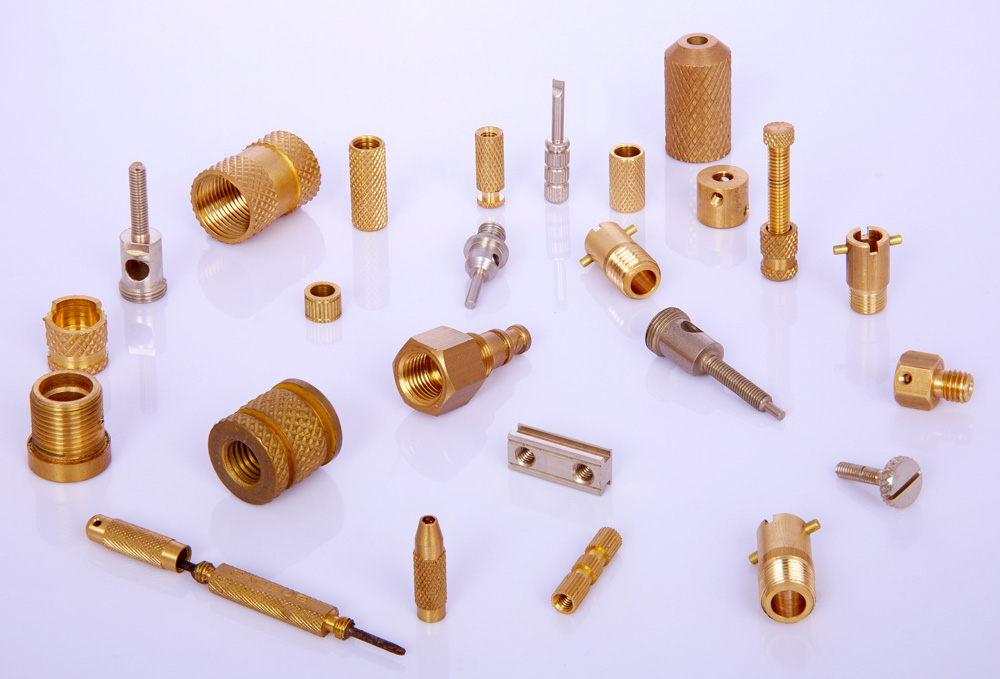In the world of manufacturing, precision is key. A tiny error can result in a component that does not function properly, putting the entire product at risk. This is where CNC machining comes in. CNC (computer numerical control) machining is a manufacturing process that uses computerized controls to manipulate machine tools and produce highly precise components. One area where this technology shines is in the production of precision turned components.
A turned component is any part that is produced through the process of turning, which involves rotating a workpiece on a lathe and using a cutting tool to shave away excess material until the desired shape is achieved. This process can be used to produce a wide variety of shapes and sizes, from simple cylindrical parts to complex and intricate designs with tight tolerances. For example, turned components are common in the aerospace and medical industries, where precision is paramount.
There are many methods of turning, each with its strengths and weaknesses. However, CNC machining has emerged as one of the most popular and effective ways to produce precision turned components. This is because CNC machines are highly versatile and can produce parts with extraordinary accuracy, often down to thousandths of an inch. They can also run for long periods without interruption, resulting in high volumes of components produced at a consistent quality level.
One of the biggest advantages of CNC machining is its ability to produce customized parts quickly and efficiently. This is particularly important in the manufacturing industry, where speed and precision are critical to success. CNC machines can also be programmed to produce parts with complex shapes and contours, making them ideal for producing precision turned components with intricate designs.
In addition, CNC machines can be used to produce turned components from a wide variety of materials. This includes metals such as aluminum, brass, and steel, as well as plastics, composites, and even wood. With the right cutting tools, these materials can be machined to meet the most exacting specifications.
Another advantage of CNC machining is its ability to produce turned components with consistent quality. Unlike manual turning, where human error can result in inconsistencies from part to part, CNC machines can produce identical parts time after time. This not only improves the quality of the product but also reduces waste and saves valuable time.
It is worth noting that CNC machining is not without its limitations. For example, the technology is not well-suited for producing very small parts or parts with extremely complex geometries. However, for most precision turned components, the technology is highly effective and efficient.
The process of CNC machining itself is relatively straightforward. First, a programmer creates a computer model of the part to be produced, using CAD (computer-aided design) software. This model is then translated into G-code, which is a language that tells the CNC machine how to move its cutting tools. The code is loaded into the machine, and the workpiece is secured in place on the lathe.
Once the machine is ready to go, the cutting tools are set in motion, and the workpiece is carefully shaped and turned until the desired shape is achieved. Depending on the complexity of the design, this process can take anywhere from a few minutes to several hours. Once the part is complete, it is removed from the lathe and inspected to ensure that it meets the necessary specifications.
In conclusion, CNC machining plays a crucial role in the production of precision turned components. With its ability to produce highly accurate parts from a wide variety of materials, and with its speed and versatility, the technology is a clear choice for manufacturers who require consistent quality and precision in their products. As technology continues to evolve, CNC machining will likely play an even greater role in the production of precision turned components, shaping the future of manufacturing in ways that we cannot yet imagine.


